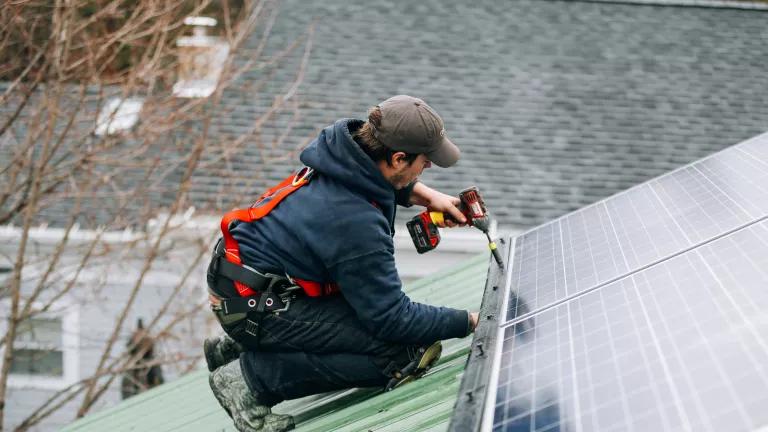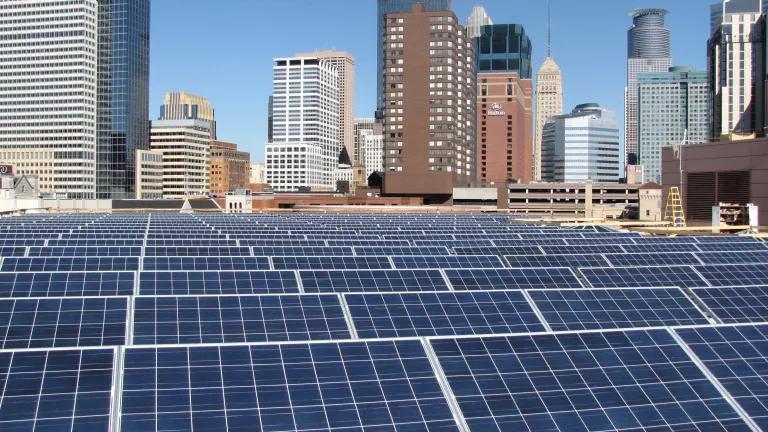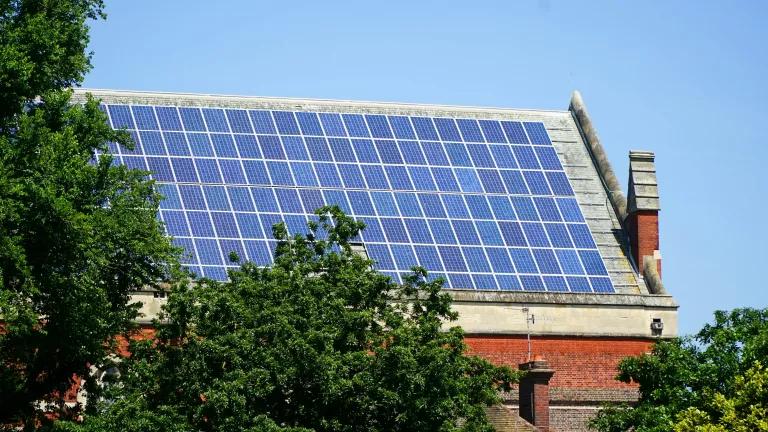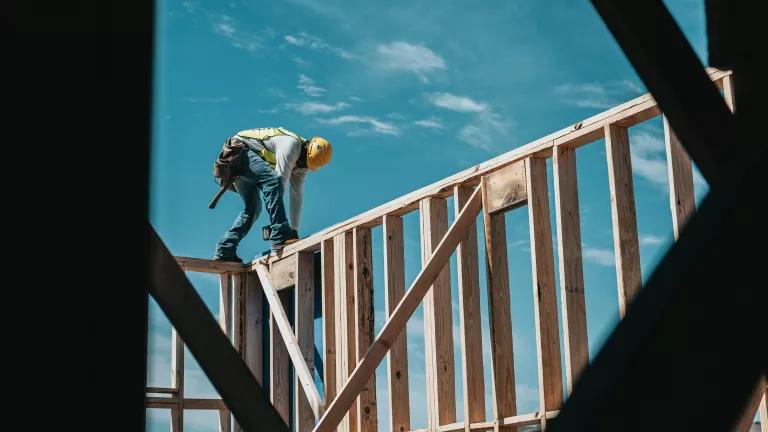What Now for EPA’s $7 Billion Solar for All Program?
EPA just announced $7 billion for low-income solar programs under its Greenhouse Gas Reduction Fund (GGRF). What should stakeholders be doing now?

In April, the Environmental Protection Agency (EPA) made a historic set of announcements that will dramatically shift US climate finance for years to come. Specifically, EPA announced $27 billion in competitive grants to 68 awardees under the Greenhouse Gas Reduction Fund (GGRF). These competitive awards cover all three programs under GGRF, and combined are estimated to deliver 310 million metric tons of carbon reduction, deploy over $150 billion dollars in private and public capital, and create hundreds of thousands of jobs over the first seven years of these programs.
The GGRF Solar for All Program
One of the three GGRF programs is the $7 billion Solar for All (SFA) program, which will provide grants to 60 awardees to create new or expand existing low-income solar programs all across the country. These awardees are estimated to bring the benefits of distributed solar to 900,000 low-income households in all 50 states, the District of Columbia, territories, and Tribal lands—saving consumers over $350 million on utility bills in the first five years of operation. SFA programs will deliver five “meaningful benefits”: (1) household energy savings of 20% or higher; (2) equitable access to solar; (3) resilience during power outages; (4) community ownership; (5) workforce development and entrepreneurship. For a more detailed overview of the SFA program, see here.
While EPA is currently negotiating agreements with SFA awardees, with the goal of starting to deploy SFA dollars later in the fall/winter, there are still actions that advocates, community-based organizations and project developers, local and state government, and philanthropy can take now to maximize GGRF’s impact in your community. See below for a selection of tangible actions stakeholders can take.
Download the Recommendations



